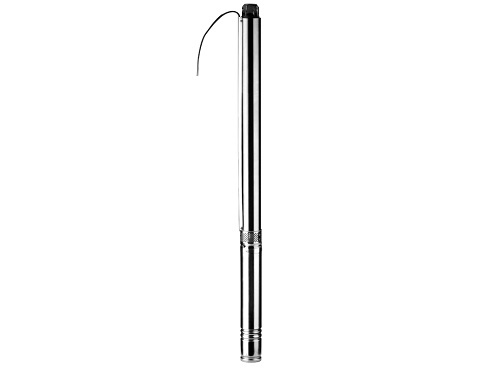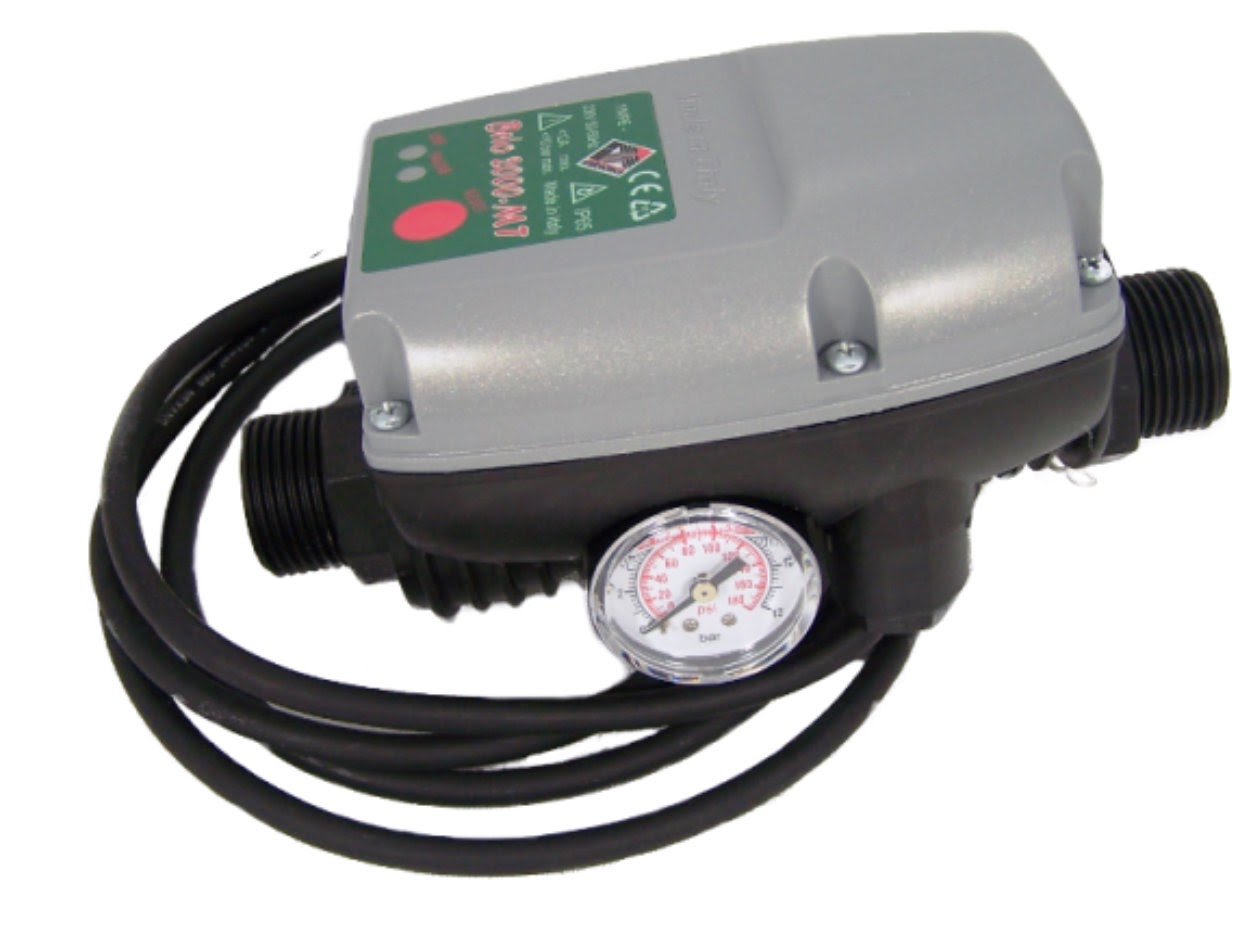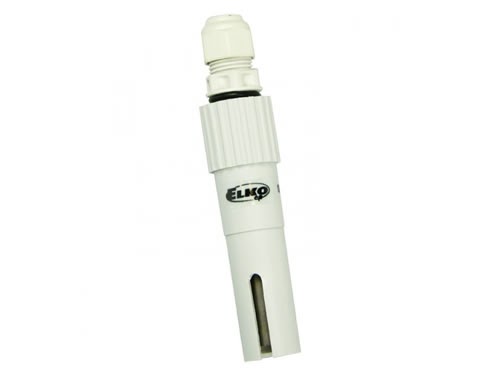Contact us Public holiday 1.4. - shipping resumes 2.4.
Questions? +32 460 226 991 (English). EU-wide delivery!
Contact us Public holiday 1.4. - shipping resumes 2.4.
Questions? +32 460 226 991 (English). EU-wide delivery!
Borehole pumps are designed so that a sufficient level of pumped water is a necessary condition for their smooth running. This ensures both the cooling of an electric motor of the pump, but also required water pressure. If the water falls below a certain level, the pump will start to suck in air in addition to water, which can lead to damage or complete breakage of the pump. So how to protect from dry-running?
Damage caused by dry-running is the most common cause of pump failures, while the investment in accurate protection is negligible compared to the price of a new pump. There are several technologies that ensure that your pump shuts down in time in the event of low water levels. However, borehole pumps have a specific design, and therefore not all methods of protection against dry running can be used in this case.
Protection for borehole pumps can be basically assured using a control unit, switching units or probes for level switches.

Submersible pump for boreholes.
The control unit automatically measures and calibrates the current consumption, saves the data and switches off the pump in the event of a dry run. The advantage is the display, which shows an overview of the pump or its emergency stop. When the water rises again to the required level, the control unit switches on the pump again.
The pump can be protected against dry running by means of switches that are part of the pump.
A float switch is available as a simple level monitoring solution. It is connected directly to the pump and is in a vertical position while the level is sufficient. If the level drops, the weight overturns it and the switch automatically switches off the pump. However, this option assumes that there is enough space around the pump for the float to move freely, which is very unlikely for narrow boreholes.
For borehole pumps pressure and flow switches can therefore be recommended. They monitor sufficient pressure and flow in the pump. These switches start the pump in the event of water consumption, which is caused by reduced pressure. The switch then turns off the pump when the consumption stops. In the same way, the switch monitors the required water level and automatically switches off the pump in the case of its significant drop.
A separate pressure switch is used in combination with a pressure vessel. A separate flow switch is used for surface pumps, where it can replace a float switch.
In addition, some switches offer a continuos speed control function, a leak sensor and other practical functions for safer pump operation.

Automatic flow switch Wilo.
The most reliable way to protect your pump against dry running is to install external conductivity probe with a switch. This system shuts off the pump before the pump draws in air, providing 100% protection against damage. The probe also starts the pump as soon as the water level rises again to the minimum required level.
Conductivity probes can be used in the case of submersible and drainage pumps for various purposes. In the case of a drinking water pump, the probe must be certified for use in drinking water installations. Borehole pumps should be equipped with three probes - one monitors the maximum level, the second the minimum and the third serves as a reference and is located below the minimum level, so it is always submerged. All probes are connected to a switch that turns the pump on and off as needed.

Probe for level switches ELKO.
However, dry-running is not the only possible cause of damage to the pumps. Therefore, it is appropriate to provide complex protection of the system by purchasing a constant pressure maintaining set. In addition to the borehole submersible pump fitted with suitable dry-running protection, such set includes:
The obvious prerequisite for the low failure rate of borehole pumps is the purity of the water, since borehole pumps are not designed for pumping liquid with an admixture of mechanical particles. Clean the borehole regularly.